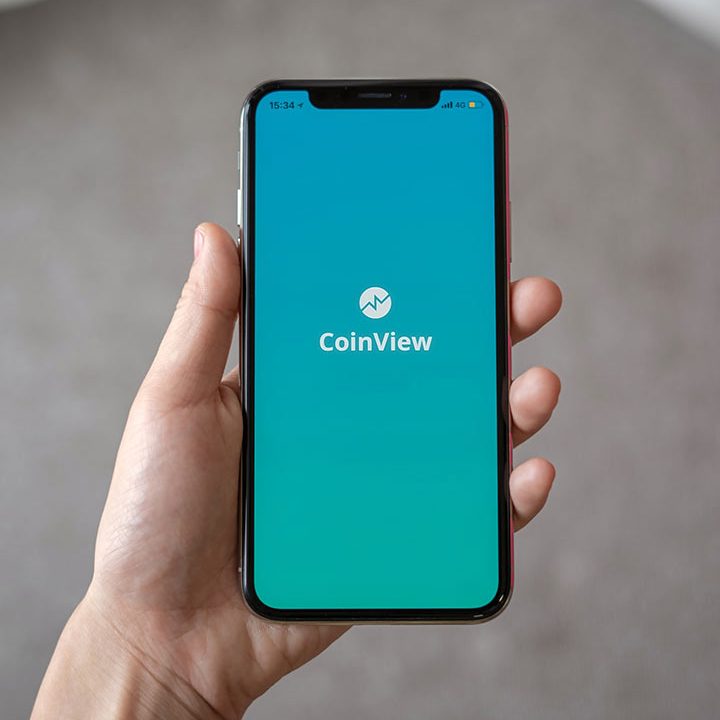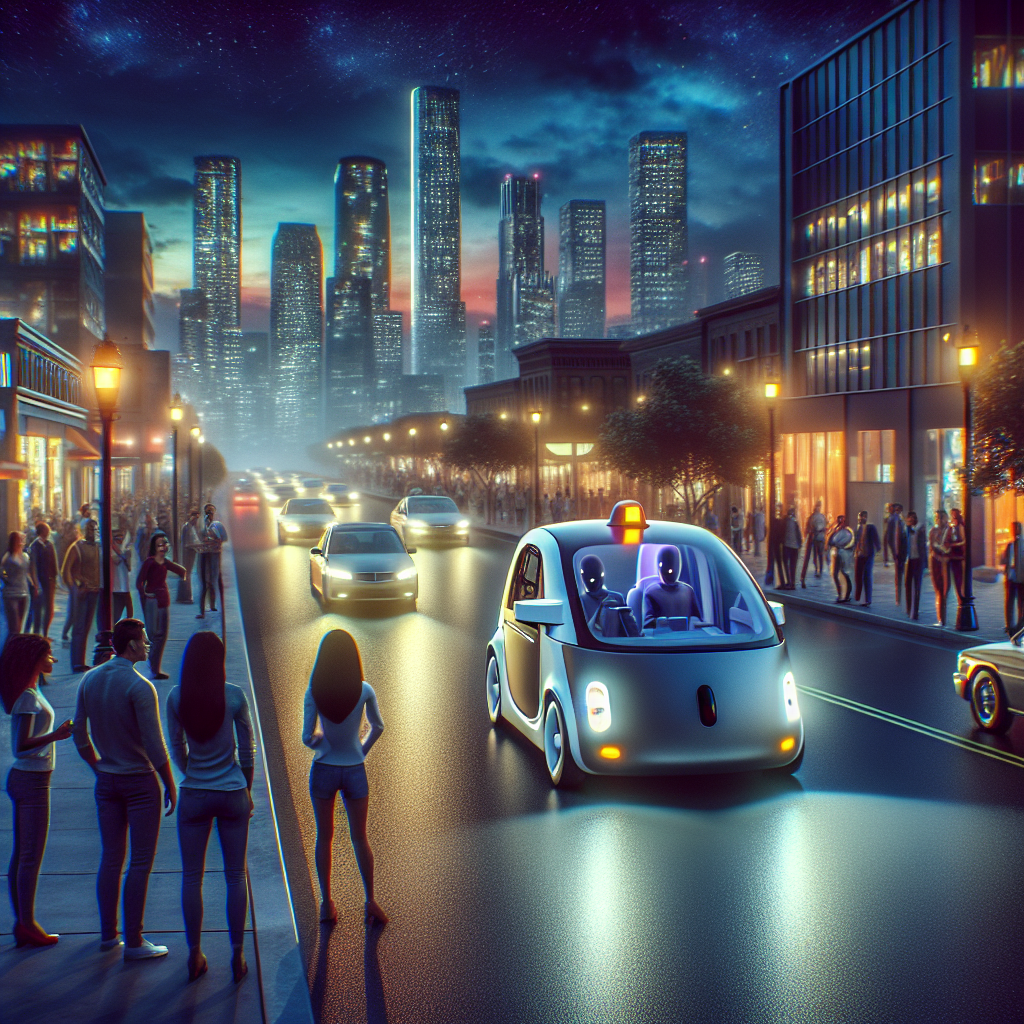The Hidden Truth About Consumer Perceptions of Tesla’s Robotaxi Launch
Tesla Robotaxi: Navigating the Future of Autonomous Driving
Introduction
The recent unveiling of Tesla’s Robotaxi service in Austin, Texas, marks a significant milestone in the evolving landscape of autonomous driving and transportation innovations. However, despite its groundbreaking allure, consumer reactions to this launch have been lukewarm. This article delves into the complex tapestry of consumer perceptions, media influence, and the broader implications for Tesla’s ambitious venture into the world of autonomous driving.
Background
Autonomous driving technology has long been hailed as the future of transportation innovations, promising safer roads and increased convenience. Tesla, under the visionary leadership of Elon Musk, has been a major player in this field, pushing the boundaries with its integration of AI technology into self-driving vehicles. The Robotaxi, a driverless car ride-sharing service, is Tesla’s latest development, aiming to disrupt traditional transportation models. However, like any pioneering technology, it comes with its own set of challenges, primarily rooted in consumer perceptions and regulatory hurdles.
Despite Tesla’s substantial advancements, the journey toward mainstream acceptance of autonomous driving remains fraught with skepticism. Industry leaders such as Waymo and Baidu are also racing to capture this burgeoning market, each with unique technological approaches. The competitive landscape raises the stakes for Tesla, necessitating a robust strategy to win over both regulators and potential users.
Trend
Consumer perceptions surrounding self-driving cars are diverse and continually evolving, with a mix of optimism and apprehension dominating the narrative. A survey indicated that 65% of people had not heard about Tesla’s Robotaxi launch (source), indicative of either a lack of effective communication from Tesla or broader public disengagement with autonomous vehicle news.
Statistics from recent consumer surveys paint a complex picture. A significant portion of respondents expressed hesitance about embracing self-driving technology, citing safety concerns as a primary deterrent. Nearly half of those surveyed indicated they would not consider riding in a self-driving car, even with the promise of advanced AI technology managing the controls (source).
The role of media cannot be underestimated in shaping these perceptions. For instance, negative coverage by major outlets such as the Wall Street Journal reportedly reduced public interest, with 50% of consumers expressing less interest after reading about the Robotaxi’s potential downsides.
Insight
The challenges faced by Tesla in the autonomous vehicle market are manifold, with consumer skepticism posing a significant roadblock. Comparisons with competitors such as Waymo and Baidu highlight areas where Tesla needs to enhance its narrative and technology presentation. While Tesla’s AI technology is advanced, the company is grappling with overcoming a negative public image—the only EV brand with a negative consumer perception in recent surveys.
An interesting analogy can be drawn between public reception of autonomous cars and the early days of smartphones. Just as consumers were initially wary of carrying a mini-computer in their pockets, there’s a cautious approach to entrusting a machine with one’s life on the road. Over time, as smartphones became indispensable, consumer attitudes shifted dramatically. Autonomous cars might follow a similar trajectory, provided companies like Tesla overcome initial trust barriers.
Forecast
Looking ahead, the future of autonomous driving is one of great potential but equal uncertainty. As the technology matures and companies refine their offerings, we can anticipate a gradual shift in consumer attitudes. The growing presence of self-driving technology in urban environments could foster familiarity and, consequently, increased acceptance.
Moreover, regulatory developments will play a crucial role. Harmonizing laws across different jurisdictions and ensuring stringent safety standards could reassure the public. As Tesla and its counterparts continue to innovate, the industry’s ultimate success will hinge on their ability to engage not only regulators but the end consumers themselves.
Call to Action
As we stand on the cusp of revolutionary change in transportation, it’s essential to remain engaged with the developments in autonomous driving. Whether you view Tesla’s Robotaxi with excitement or skepticism, your perceptions matter. We encourage readers to share their thoughts on self-driving technology’s future or to follow updates on Tesla’s journey. As the landscape continues to evolve, staying informed is our best tool in navigating the journey ahead.
If you’re interested in more about the unfolding narrative of Tesla’s Robotaxi and its industry implications, consider reading related analyses on platforms like the Electric Vehicle Intelligence Report (EVIR) and profiling innovations from competitors such as Waymo and Baidu. Engage with us as we explore the future of AI-driven transport.







